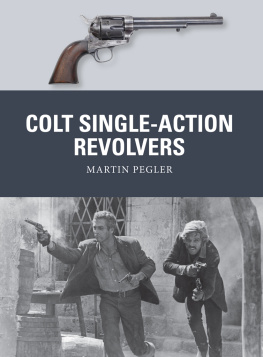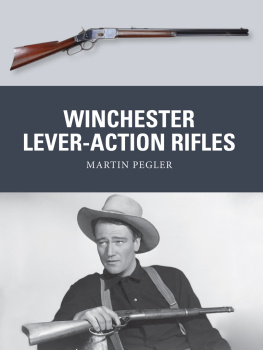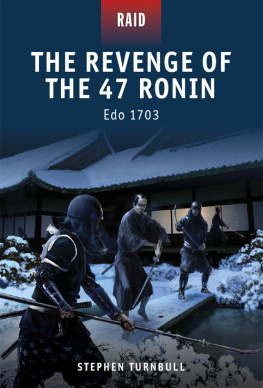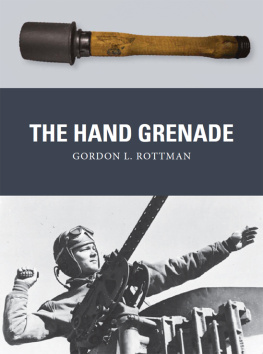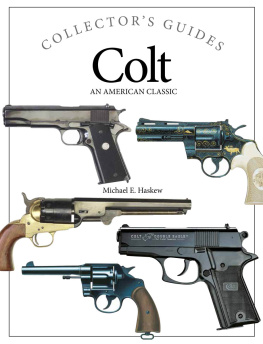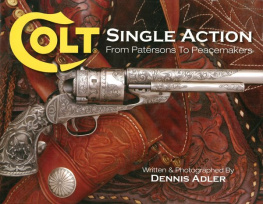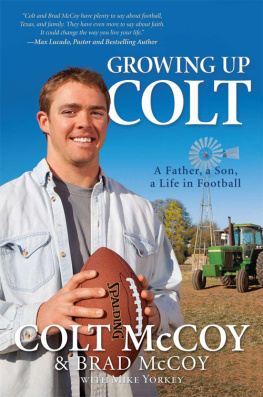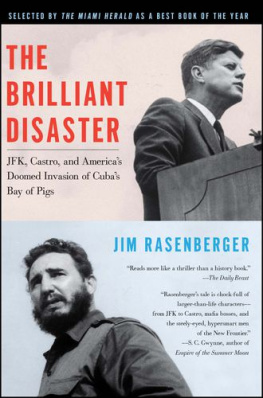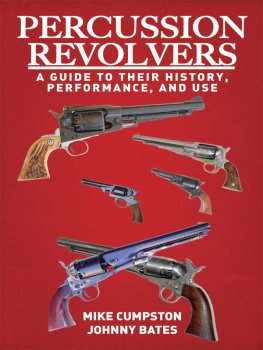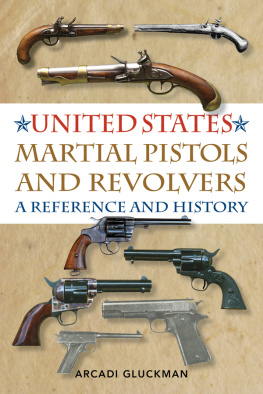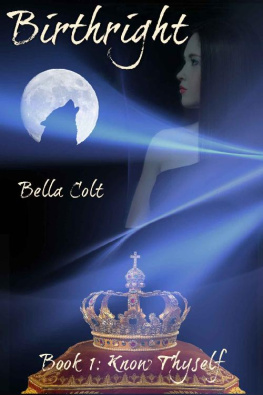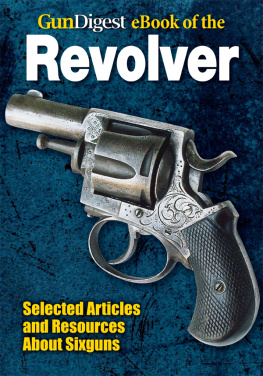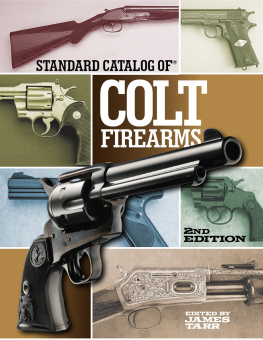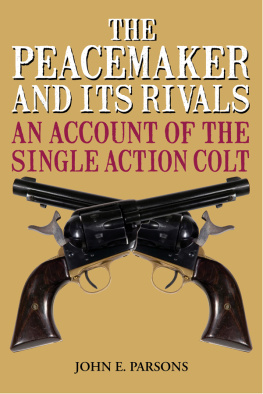
First published in Great Britain in 2017 by Osprey Publishing,
PO Box 883, Oxford, OX1 9PL, UK
1385 Broadway, 5th Floor, New York, NY 10018, USA
E-mail:
This electronic edition published in 2016 by Bloomsbury Publishing Plc
Bloomsbury is a registered trademark of Bloomsbury Publishing Plc
Osprey Publishing, part of Bloomsbury Publishing Plc
2017 Osprey Publishing Ltd.
All rights reserved
You may not copy, distribute, transmit, reproduce or otherwise make available this publication (or any part of it) in any form, or by any means (including without limitation electronic, digital, optical, mechanical, photocopying, printing, recording or otherwise), without the prior written permission of the publisher. Any person who does any unauthorised act in relation to this publication may be liable to criminal prosecution and civil claims for damages.
A CIP catalog record for this book is available from the British Library
ISBN: 978-1-4728-1098-4 (PB)
ISBN: 978-1-4728-1099-1 (ePDF)
ISBN: 978-1-4728-1100-4 (eBook)
Osprey Publishing supports the Woodland Trust, the UKs leading woodland conservation charity. Between 2014 and 2018 our donations are being spent on their Centenary Woods project in the UK.
www.ospreypublishing.com
To find out more about our authors and books visit www.ospreypublishing.com. Here you will find our full range of publications, as well as exclusive online content, details of forthcoming events and the option to sign up for our newsletters. You can also sign up for Osprey membership, which entitles you to a discount on purchases made through the Osprey site and access to our extensive online image archive.
The NRA Museums
Since 1935, the NRA Museum collection has become one of the worlds finest museum collections dedicated to firearms. Now housed in three locations, the NRA Museums offer a glimpse into the firearms that built our nation, helped forge our freedom, and captured our imagination. The National Firearms Museum, located at the NRA Headquarters in Fairfax, Virginia, details and examines the nearly 700-year history of firearms with a special emphasis on firearms, freedom, and the American experience. The National Sporting Arms Museum, at the Bass Pro Shops in Springfield, Missouri, explores and exhibits the historical development of hunting arms in America from the earliest explorers to modern day, with a focus on hunting, conservation, and freedom. The Frank Brownell Museum of the Southwest, at the NRA Whittington Center in Raton, NM, is a jewel box museum with 200 guns that tells the history of the region from the earliest Native American inhabitants through early Spanish exploration, the Civil War, and the Old West. For more information on the NRA Museums and hours, visit www.NRAmuseums.com.
Author
Martin Pegler was for many years the Senior Curator of Firearms at the Royal Armouries Museum, Leeds, UK. Martin has established The Somme Historical Centre (www.martinpegler.com), where visitors can see the technology used in the 191418 trench warfare. He is the author of a number of books including the highly acclaimed Out of Nowhere: A History of the Military Sniper.
Illustrators
Mark Stacey was born in Manchester in 1964 and has been a freelance illustrator since 1987. He has a lifelong interest in all periods of history, particularly military history, and has specialized in this area throughout his career. Mark completed the battlescene illustrations for this book.
Born in Malaya in 1949, Alan Gilliland spent 18 years as the graphics editor of the UKs Daily Telegraph, winning 19 awards in that time. He now writes, illustrates, and publishes fiction (www.ravensquill.com), as well as illustrating for a variety of publishers, architects, and developers (www.alangilliland.com). Alan completed the cutaway illustration for this book.
Acknowledgments
My grateful thanks to Dr. Robert Maze and Dr. Laurie Landau for providing photographs of some of their fine Colt collection and associated ammunition. Also to Roy Jinks, Smith & Wesson historian, for permission to quote from his book, and to Peter Smithurst for his assistance. As always, this work is entirely my responsibility and any technical errors are also mine.
Artists note
Readers may care to note that the original paintings from which the battlescenes in this book were prepared are available for private sale. All reproduction copyright whatsoever is retained by the Publishers. All enquiries should be addressed to:
The Publishers regret that they can enter into no correspondence upon this matter.
Editors note
In this book linear, weight, and volume measurements are given in US customary units of measurement (yards, feet, inches, pounds, ounces, grains). The following data will help when converting between US customary and metric measurements:
1yd = 91.44cm
1ft = 30.48cm
1in = 2.54cm
1lb = 0.45kg
1oz = 28.35g
1 grain = 0.002oz
1 grain = 0.064g
Front cover, above: An Army-issue Colt Single Action Army, in .45 caliber with 7in barrel. These were the revolvers that were used in the bulk of the fighting during the turbulent period of the Indian Wars. (NRA Museums, NRAMuseums.com) Front cover, below: Paul Newman (left) and Robert Redford in a scene from the movie Butch Cassidy and the Sundance Kid. (Bettmann)
Title-page image: Purportedly an image of Jesse and Frank James, with Jesse (at left) holding a Colt Model 1860 Army. Frank, on the right, is holding a Remington Model 1858 Army. (Library of Congress)
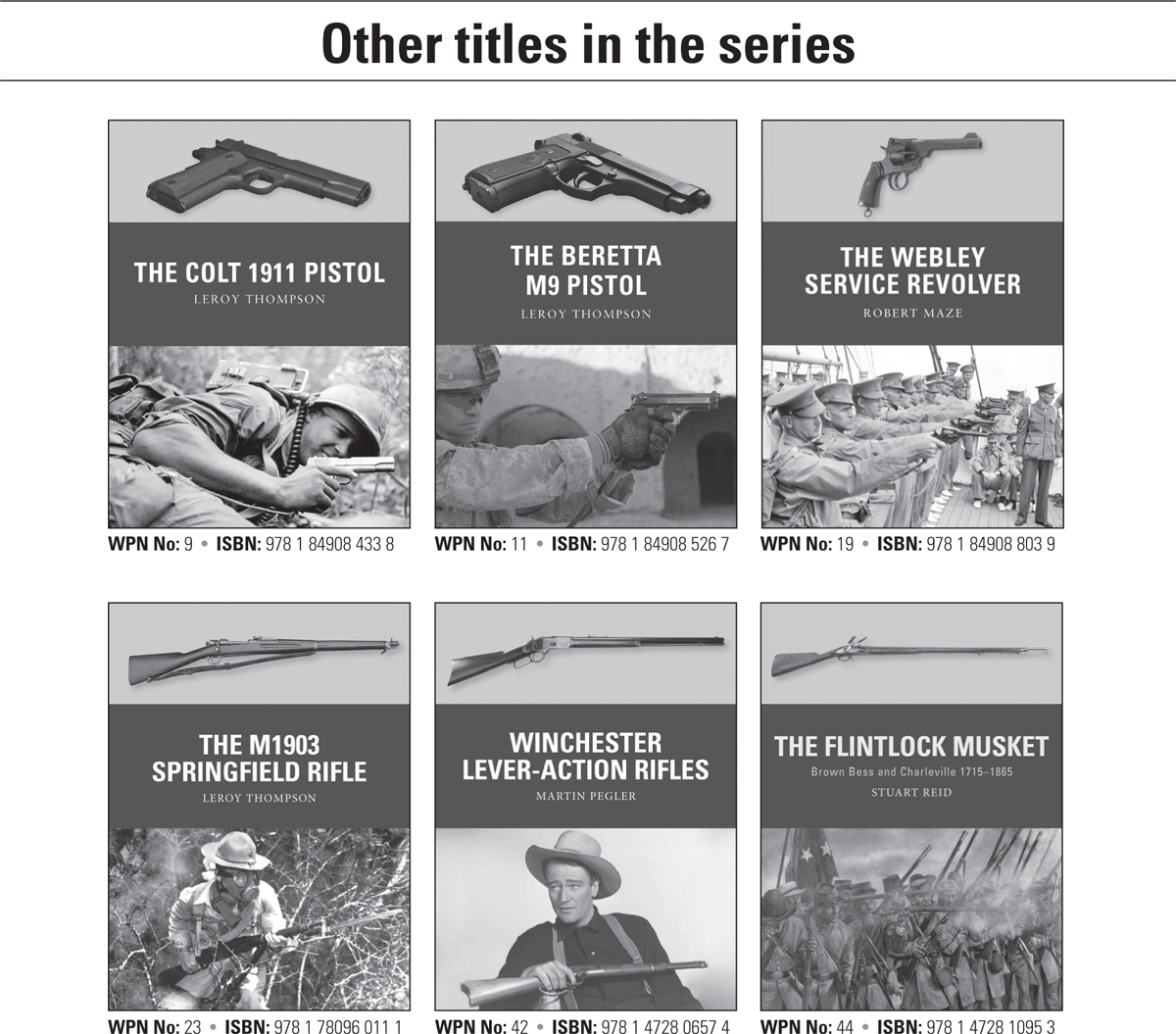
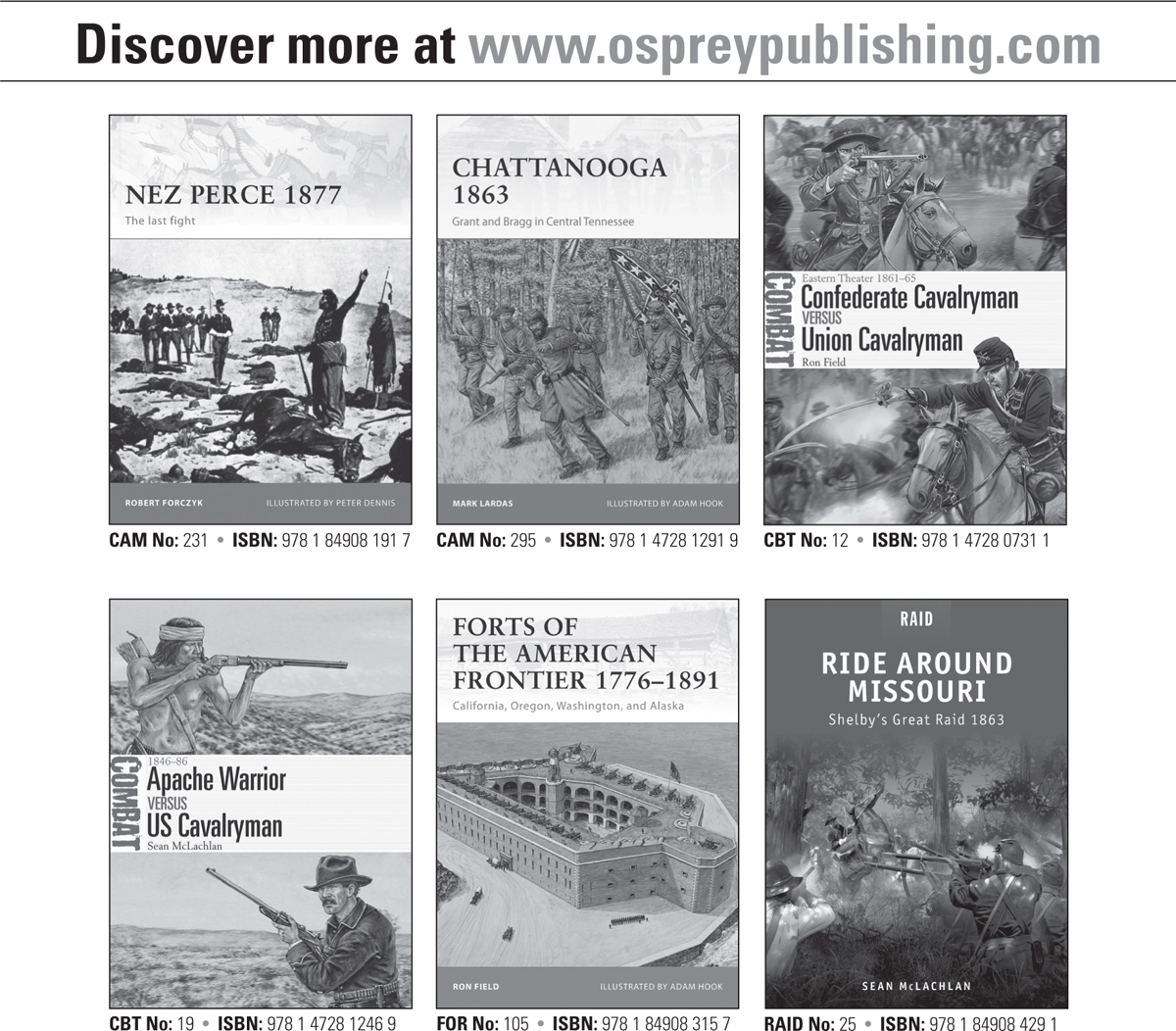
CONTENTS

INTRODUCTION
Colt. Even to people with little interest in or knowledge of firearms, the name has a resonance that creates a powerful mental image. Normally it is that of the archetypal cowboy, toting a six-shooter; an indication of just how successful Samuel Colts products were in defining an era. More than any other, the Colt revolver is the most easily identifiable and iconic handgun in the world. Since its introduction in 1847, it has remained in production with one or two slight hiatuses up to the present day, and it has been copied by countless other manufacturers.
Samuel Colt was born in Hartford, Connecticut on July 19, 1814, into a world that had changed little since the first English settlers landed at Cape Henry on April 29, 1607. His father was a dyemaker, with a particularly thorough knowledge of chemical processes. Young Samuel showed some hint of his inherited scientific curiosity at a very early age, making his own pyrotechnics and taking firearms apart to see how they functioned. He developed a curious fascination with nitrous oxide and became something of an expert on the subject, which would stand him in good stead in the future. He also loved manufacturing explosives and began to construct submarine mines, successfully blowing up a raft in a local pond at the age of 15. When an experiment with a torpedo went badly wrong, however, he was forced to leave his school, the Amherst Academy, under something of a cloud. This did not deter him in the least, however, and his interest in firearms continued unabated. He joined a trading ship bound for Calcutta at the age of 16 and it was from this time, he later acknowledged, that his initial idea for a revolving-cylinder firearm originated.
Next page
